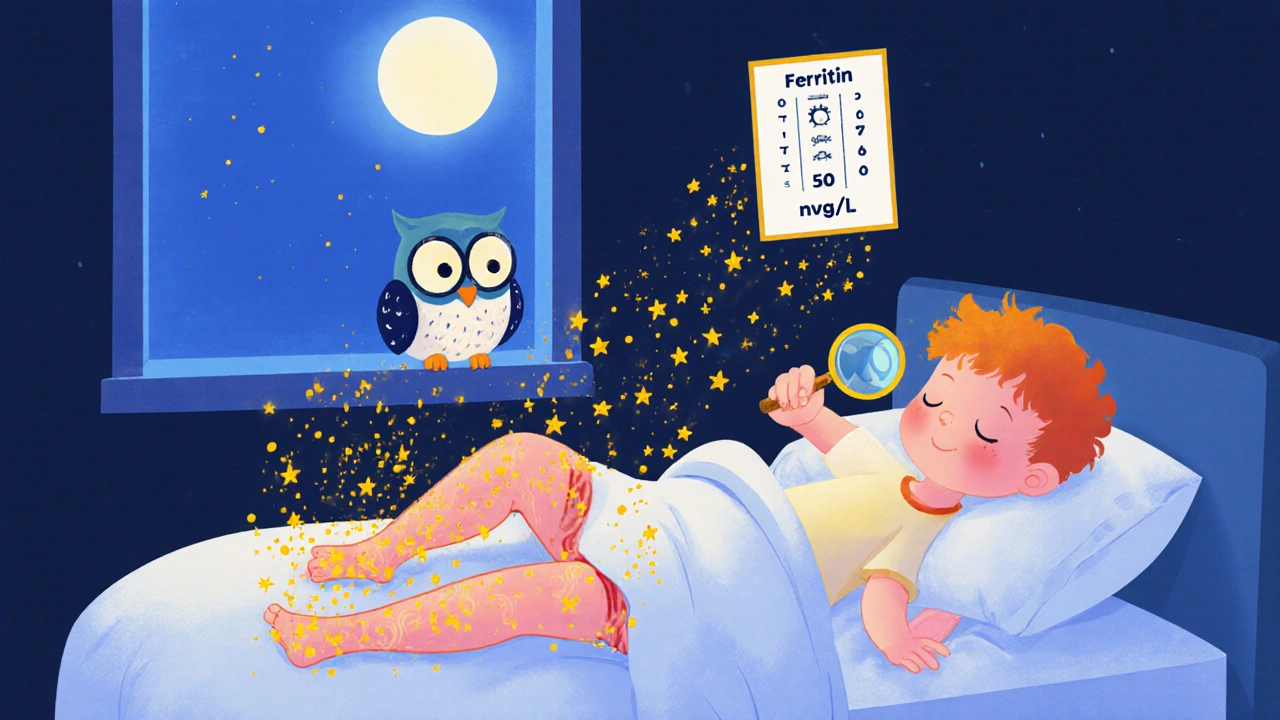RLS Treatment: Effective Options, Common Mistakes, and What Really Works
When your legs won’t stop crawling, twitching, or aching—especially at night—you’re not just tired. You’re dealing with restless legs syndrome, a neurological disorder that causes uncomfortable sensations in the legs and an irresistible urge to move them, often worsening at rest or during sleep. Also known as Willis-Ekbom disease, it affects up to 10% of adults and isn’t just "a little fidgetiness." It disrupts sleep, drains energy, and can make sitting through a movie or flight unbearable.
Many people try to treat it with leg massages, hot baths, or caffeine cuts, but those rarely fix the root cause. The real issue? Often, it’s iron deficiency, a hidden trigger that’s easy to miss because standard blood tests don’t always catch low brain iron, even when serum ferritin looks normal. Studies show that people with RLS frequently have ferritin levels below 50 ng/mL, and boosting iron—when it’s truly low—can cut symptoms in half. But here’s the catch: taking random iron pills won’t help if your body can’t absorb it or if your levels are already fine. That’s why misdiagnosis is common.
Then there’s the medication side of things. dopamine agonists, like ropinirole and pramipexole, are commonly prescribed because they mimic dopamine, a brain chemical tied to movement control. But they come with risks: some users develop impulse control disorders—gambling, overeating, compulsive shopping—without even realizing it. And worse, these drugs can cause augmentation, where symptoms get worse, spread to the arms, or start earlier in the day. That’s not progress. That’s a treatment backfiring.
What actually works better for many? Simple changes: avoiding alcohol and nicotine, timing exercise right (not too late), and checking for other meds that make RLS worse—like antidepressants or antihistamines. For some, gabapentin or pregabalin help more than dopamine drugs, with fewer side effects. And for those with severe, treatment-resistant cases, newer options like the rotigotine patch or even low-dose opioids (used carefully) can be game-changers.
There’s no magic pill for RLS. But there’s a path. It starts with knowing what’s really driving your symptoms—whether it’s iron, meds, nerves, or something else. The posts below break down exactly what works, what doesn’t, and why so many people get stuck in a cycle of trial and error. You’ll find real comparisons between treatments, stories from people who’ve been there, and clear advice on when to push back on your doctor’s first suggestion. No guesswork. Just what the data and patients agree on.
Restless Legs and Iron: What Ferritin Levels Mean and How to Fix Them
Low ferritin levels are a common but overlooked cause of Restless Legs Syndrome. Discover the target ferritin range, how iron supplements work, and why IV iron may be more effective than dopamine drugs for long-term relief.
View More
